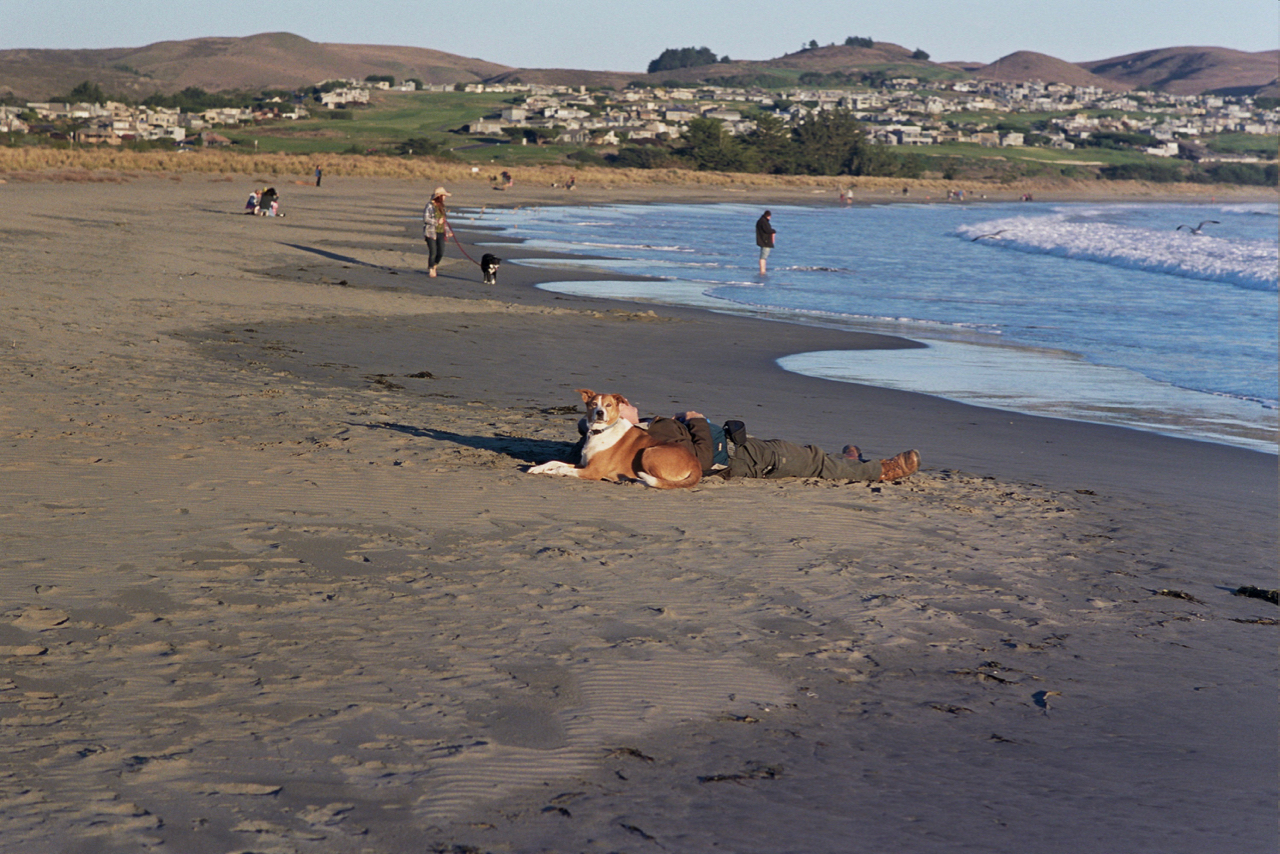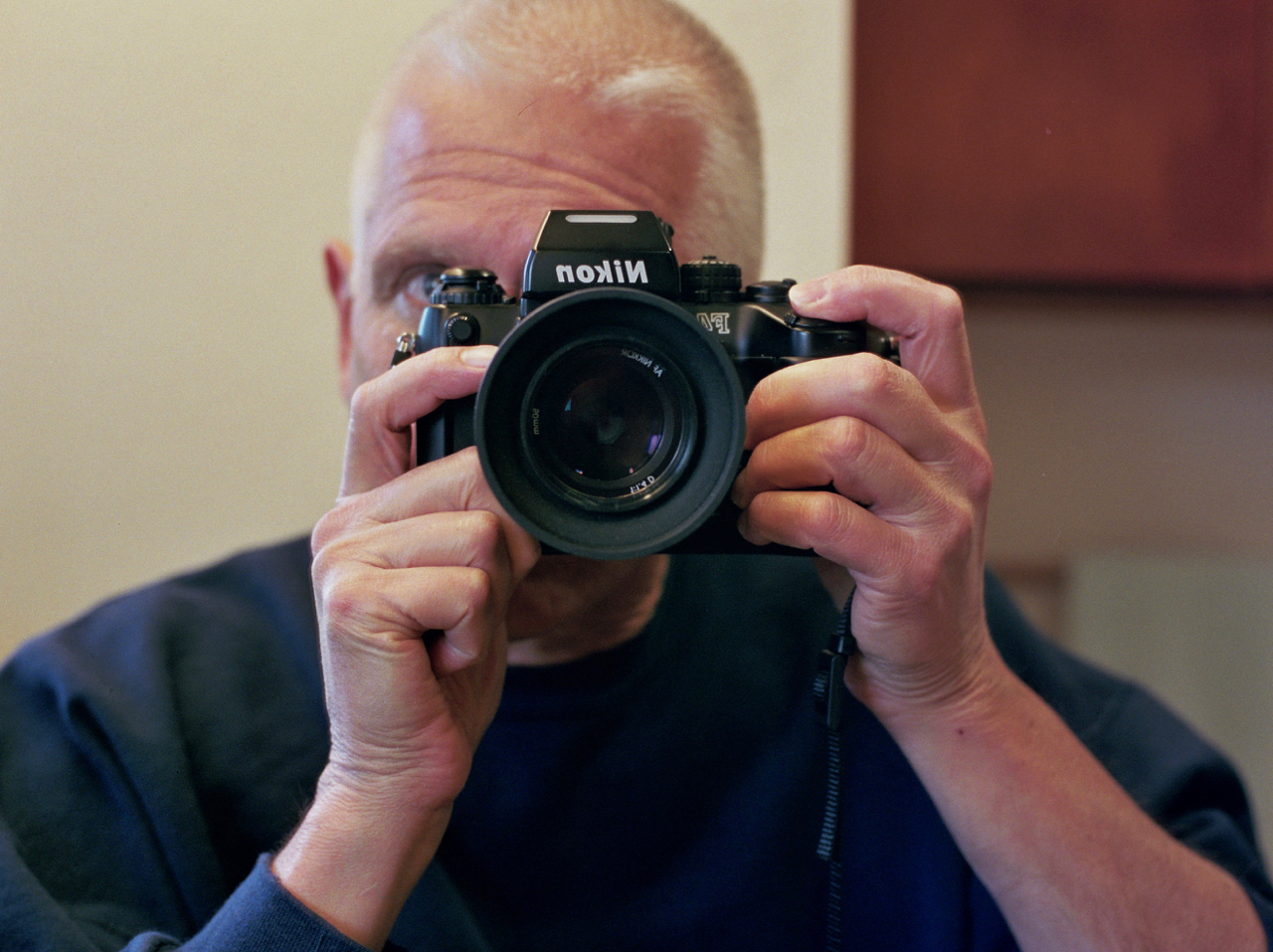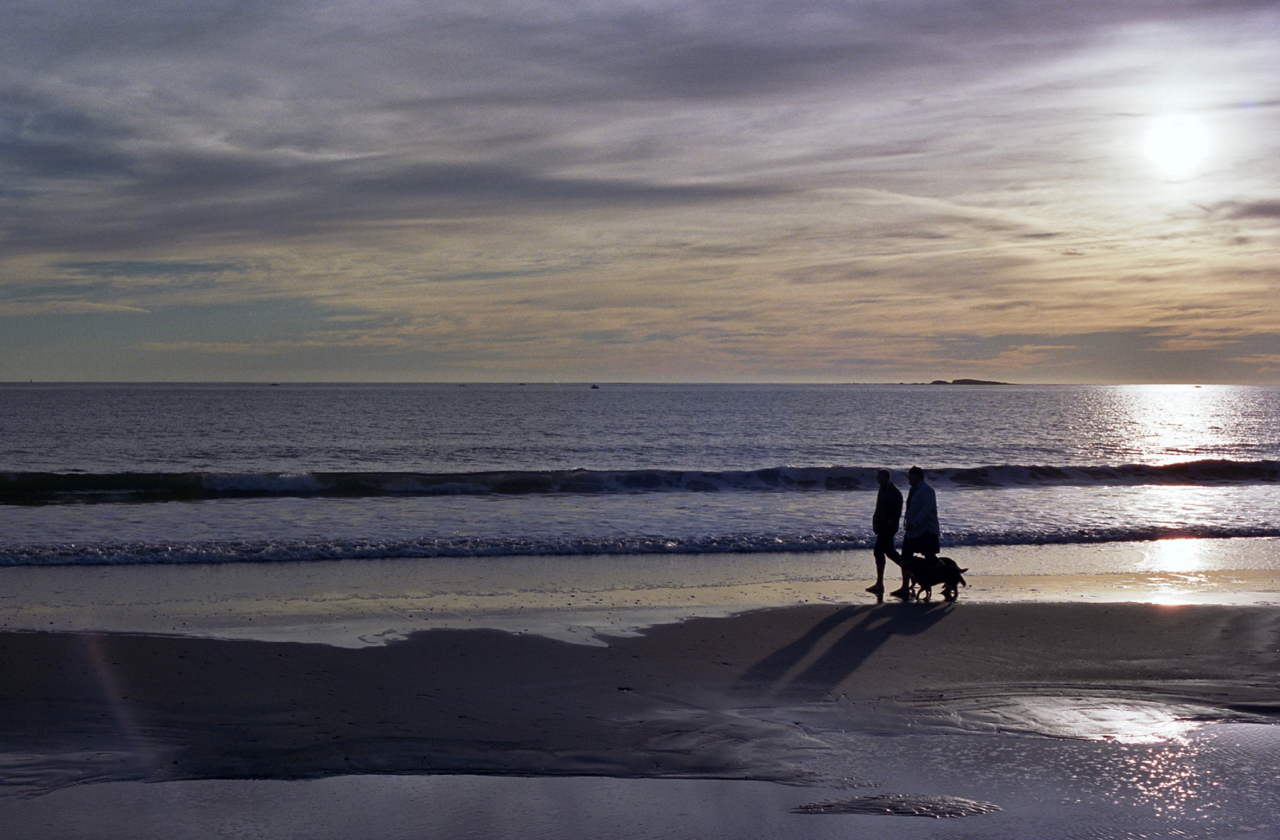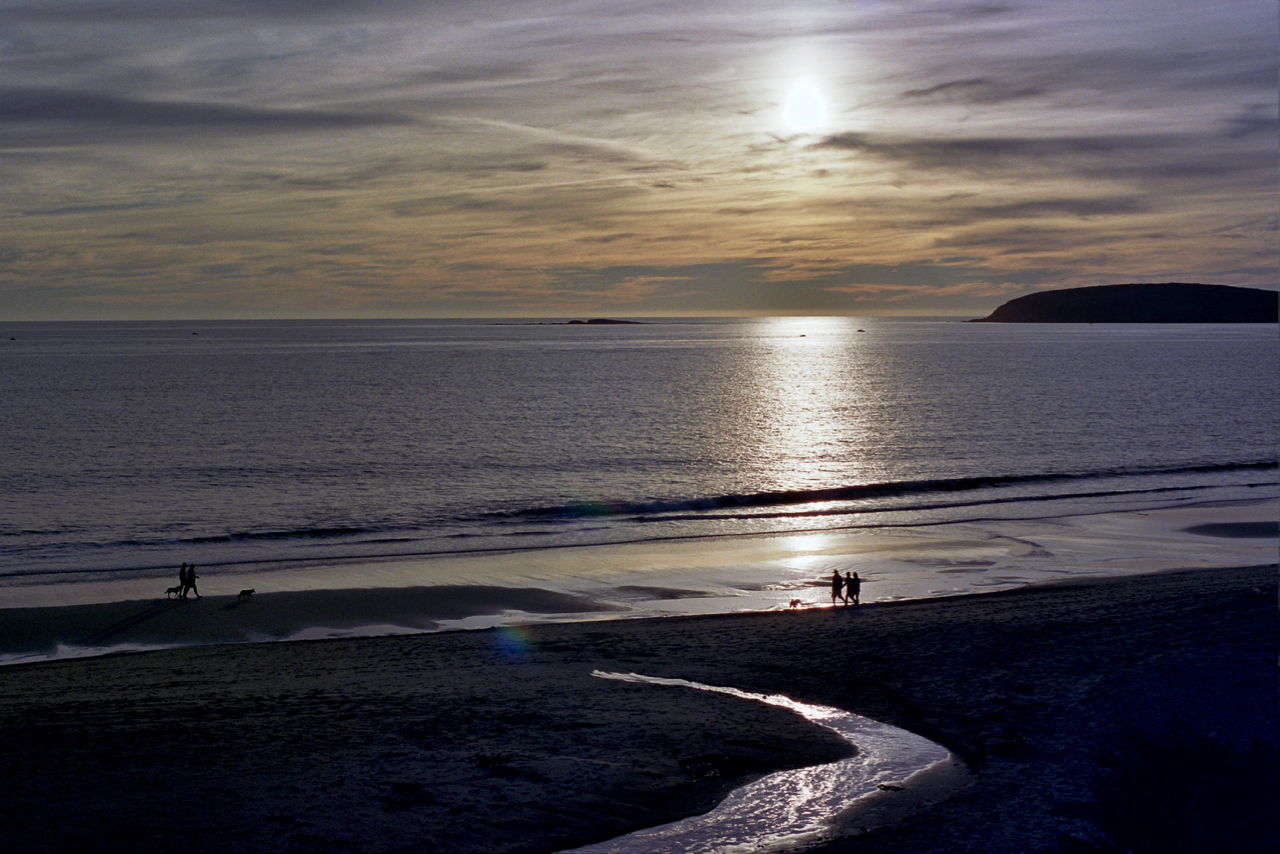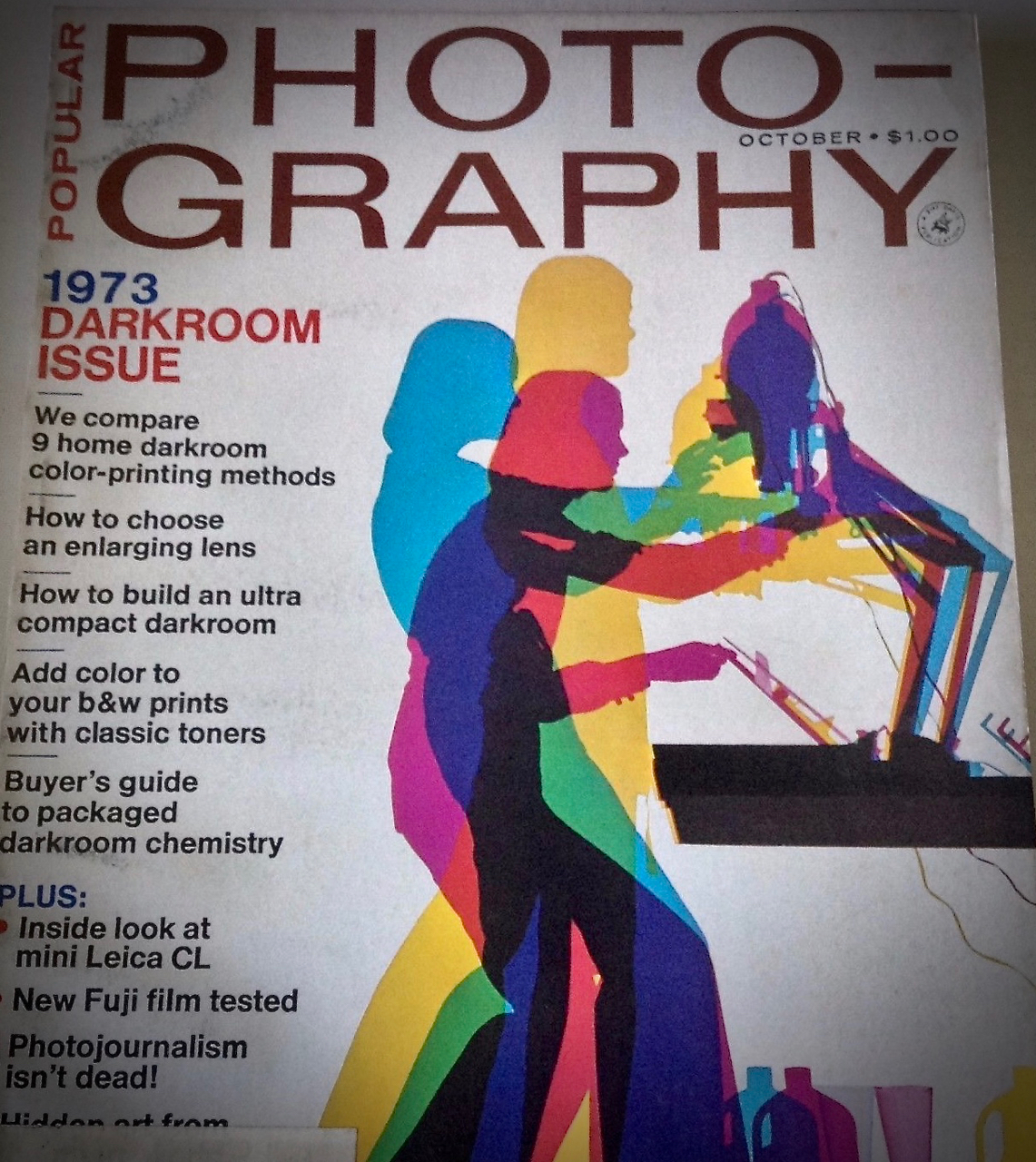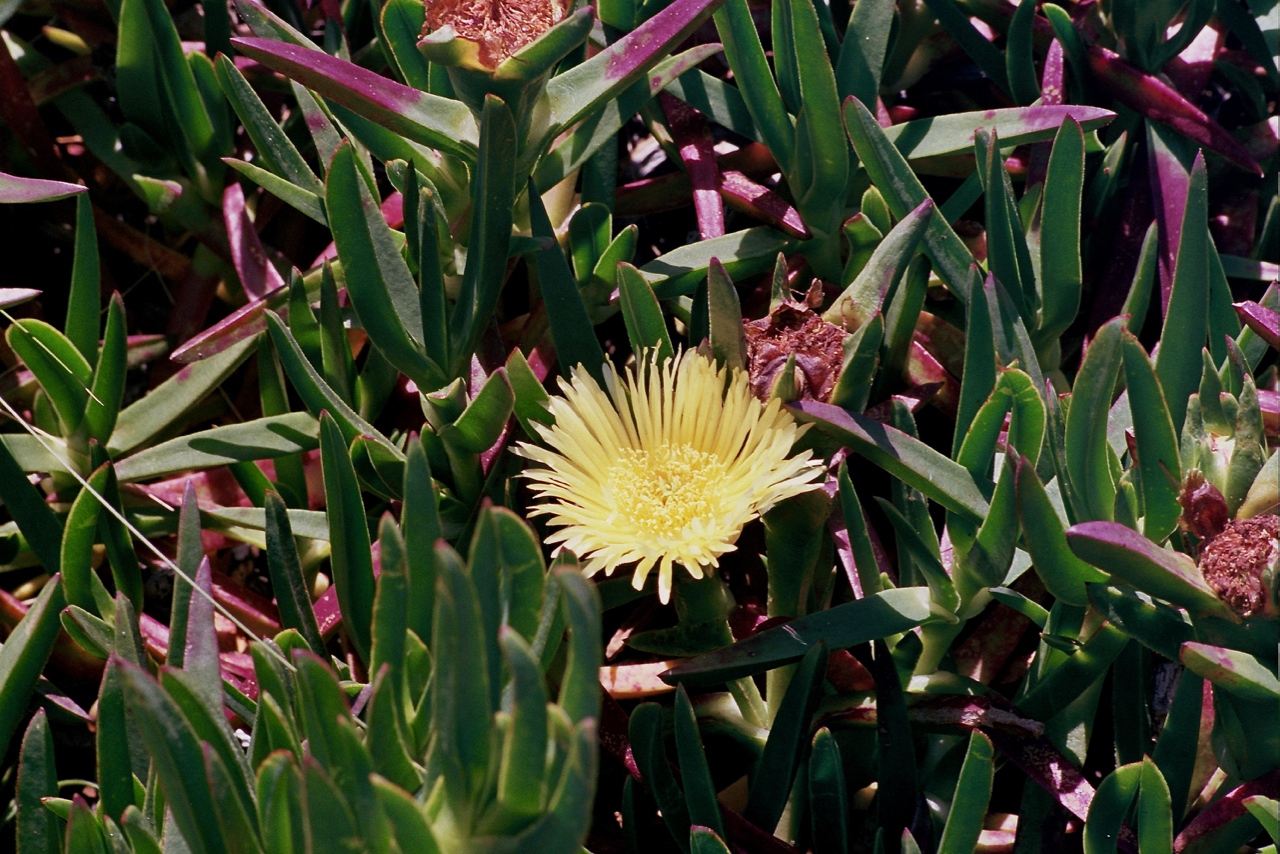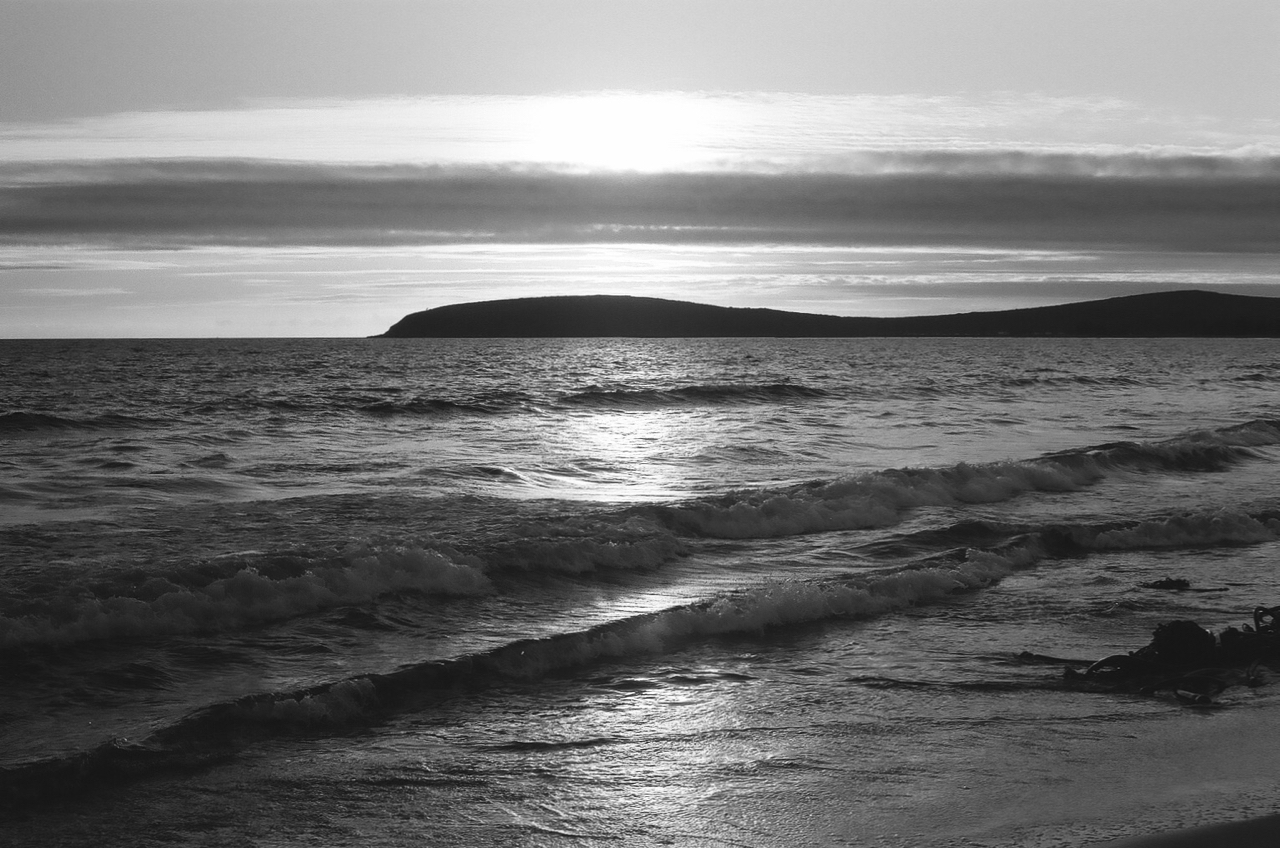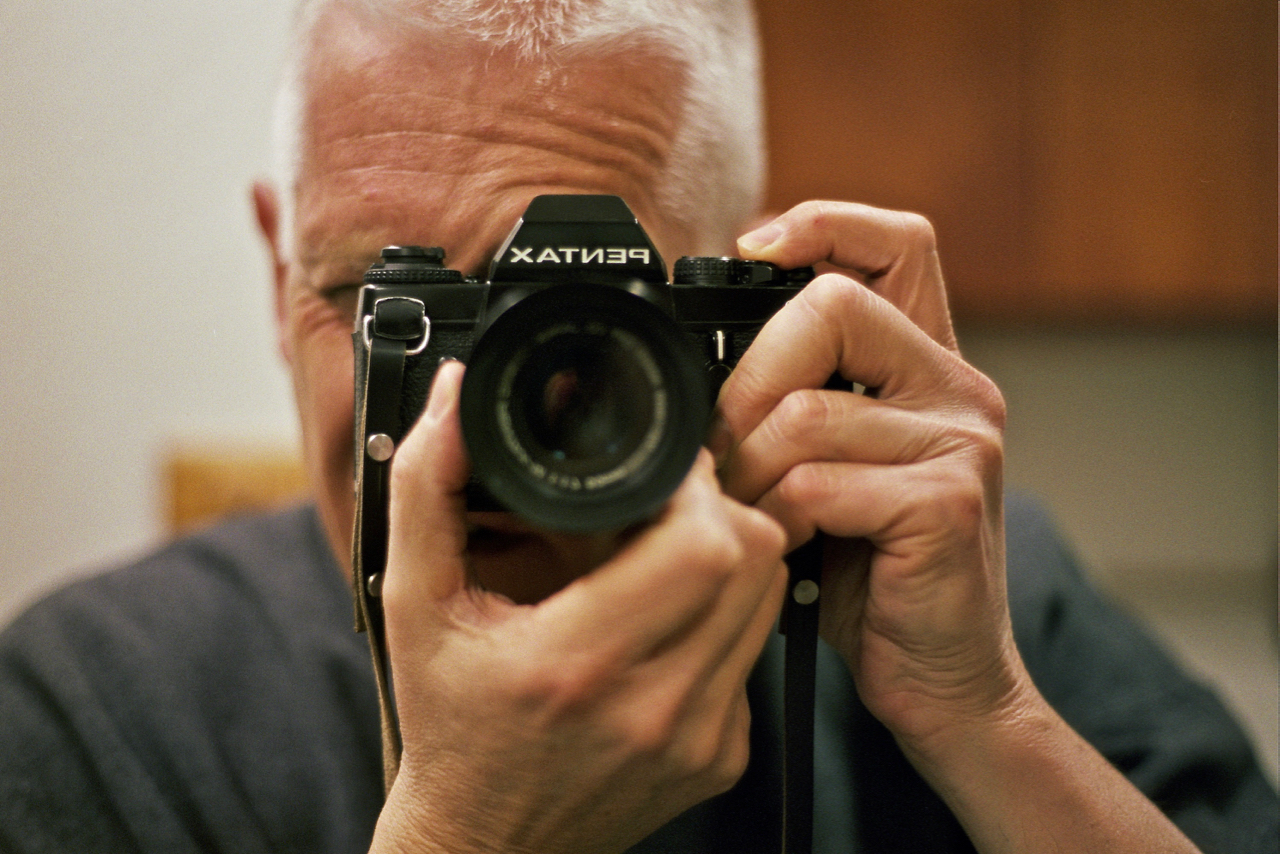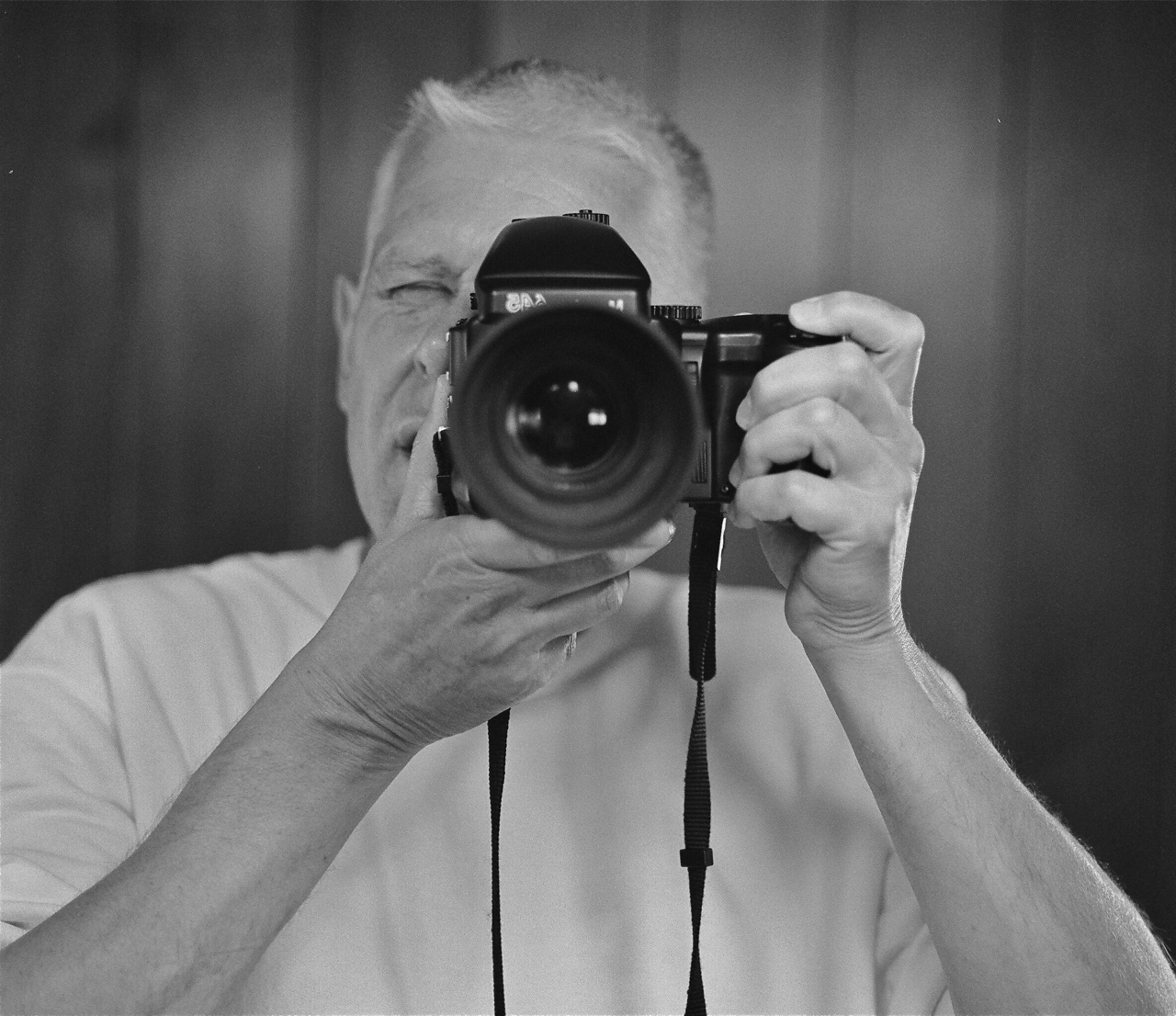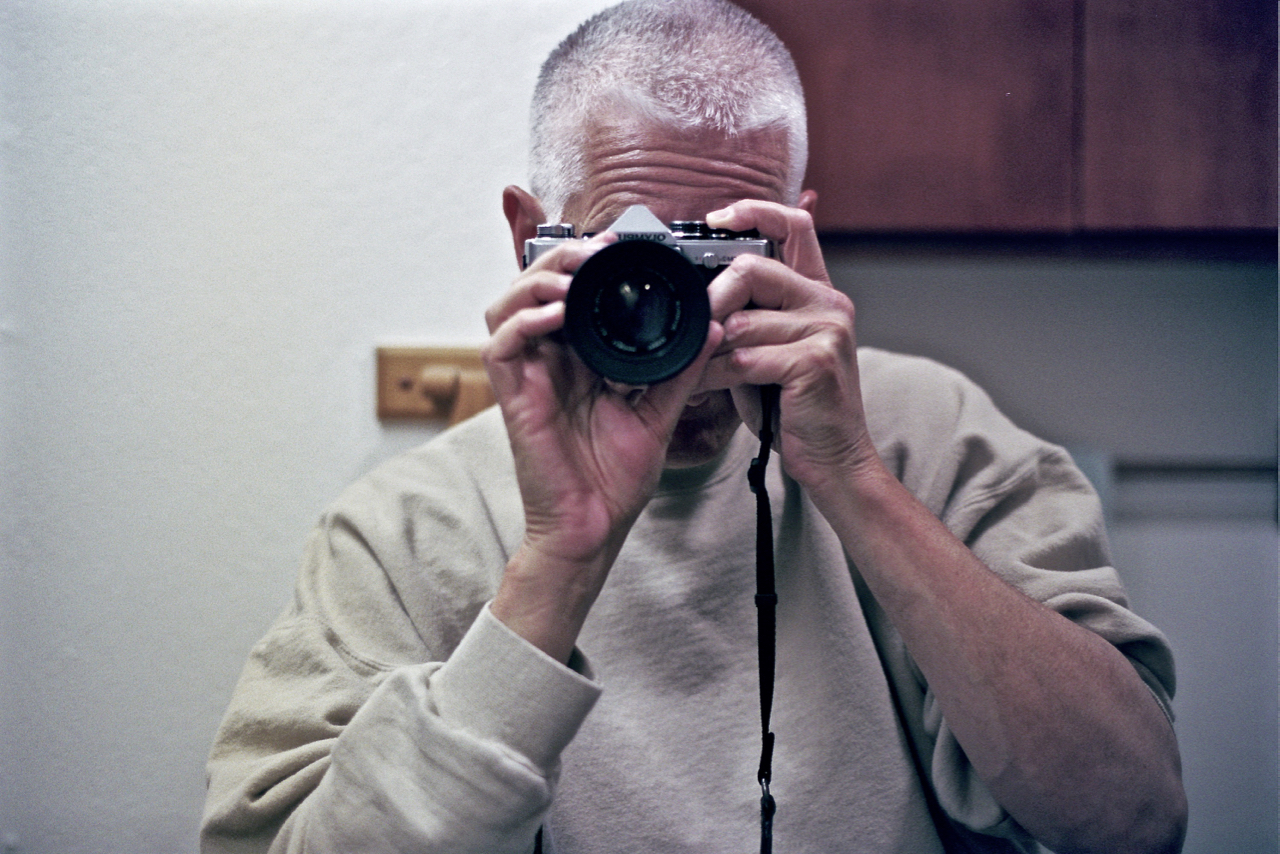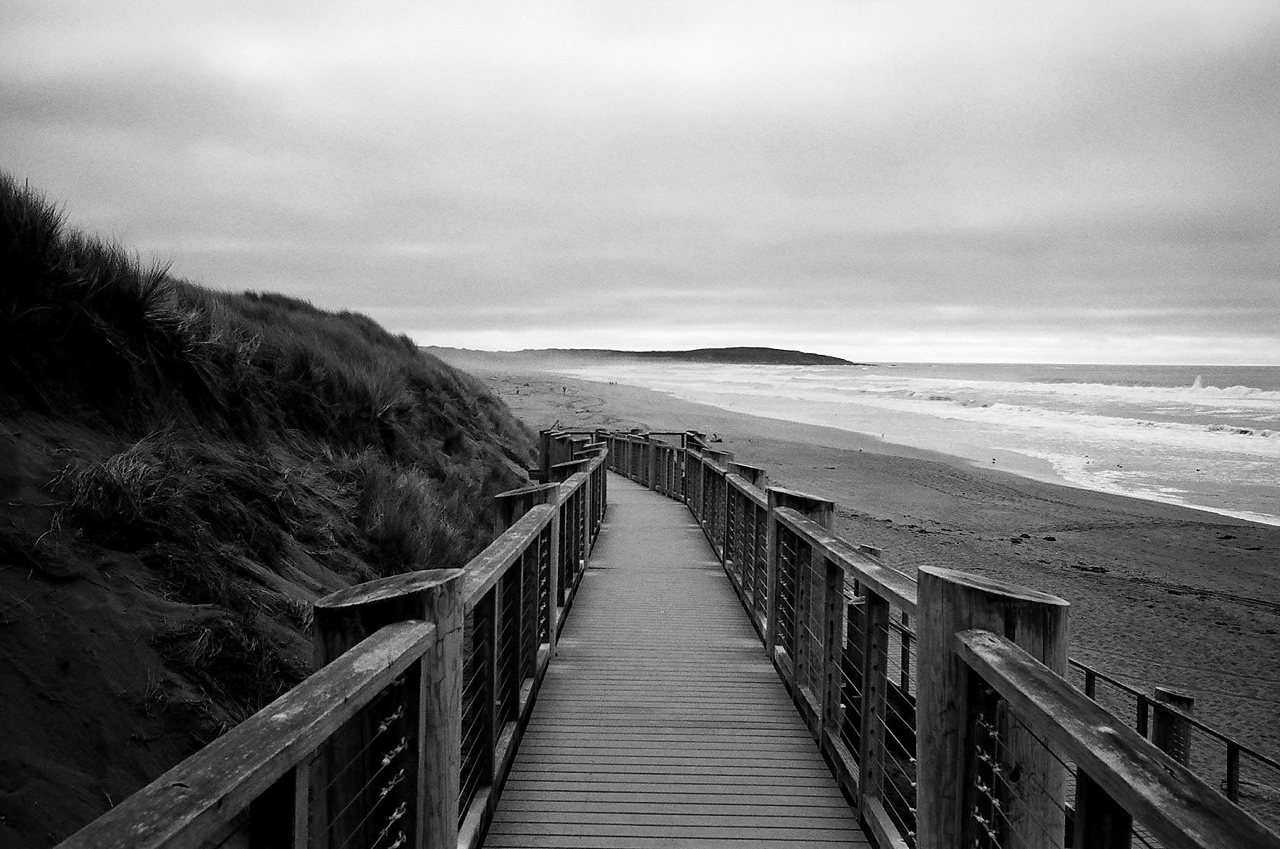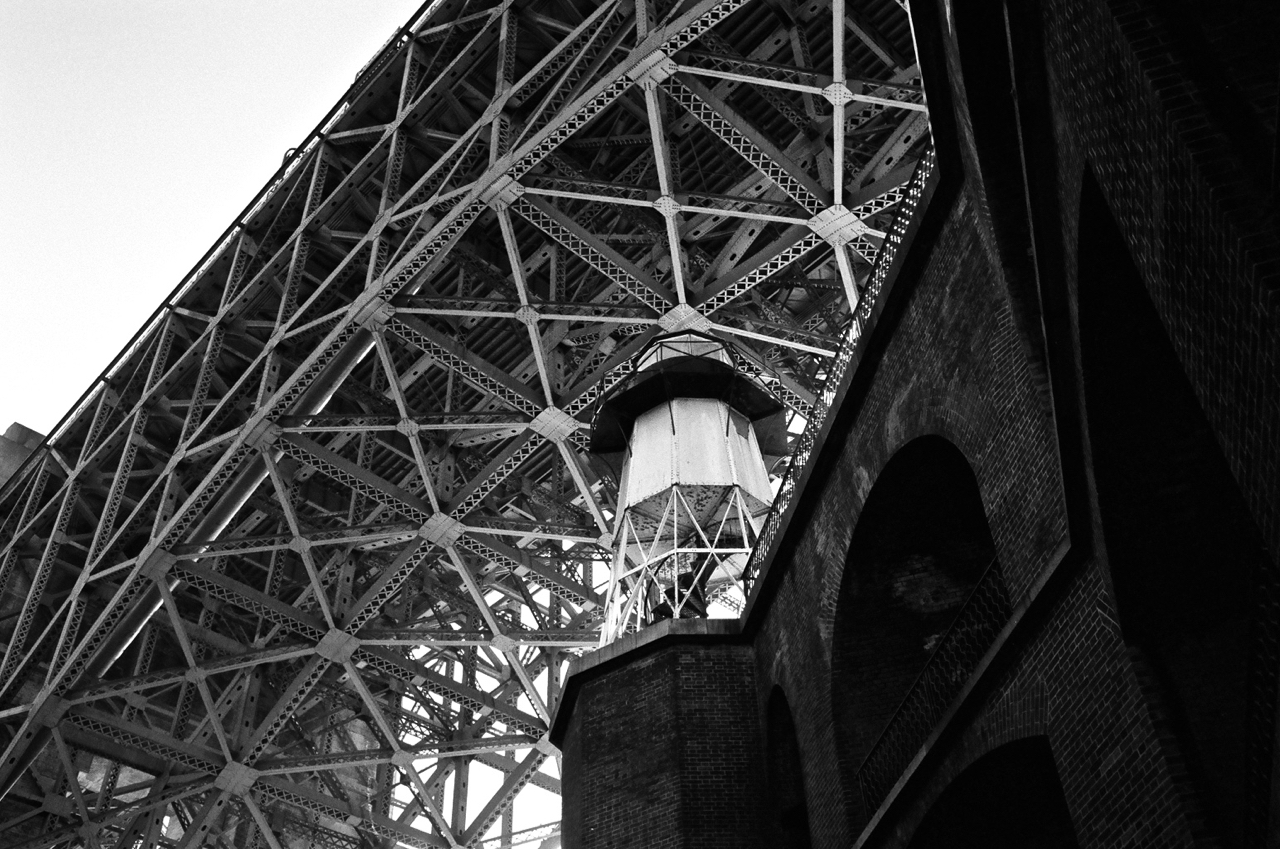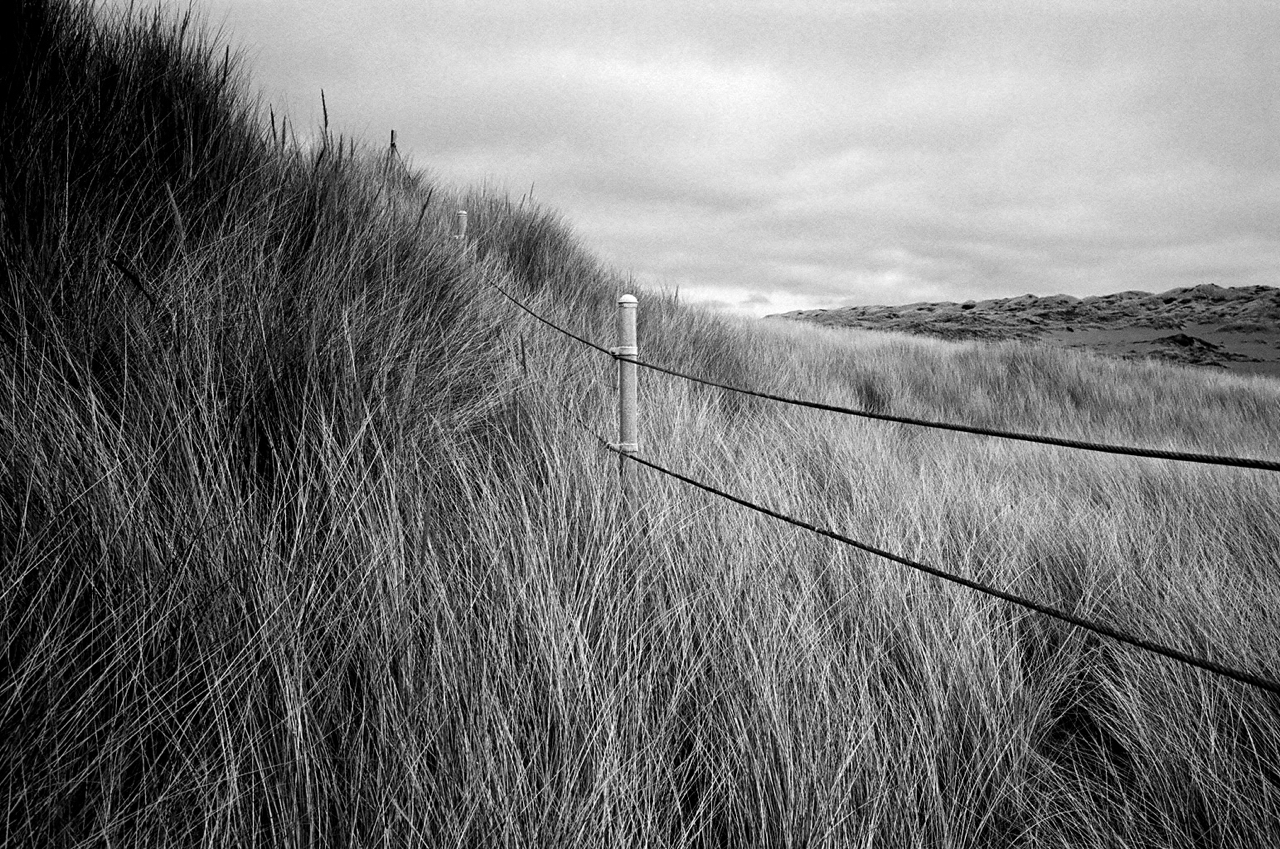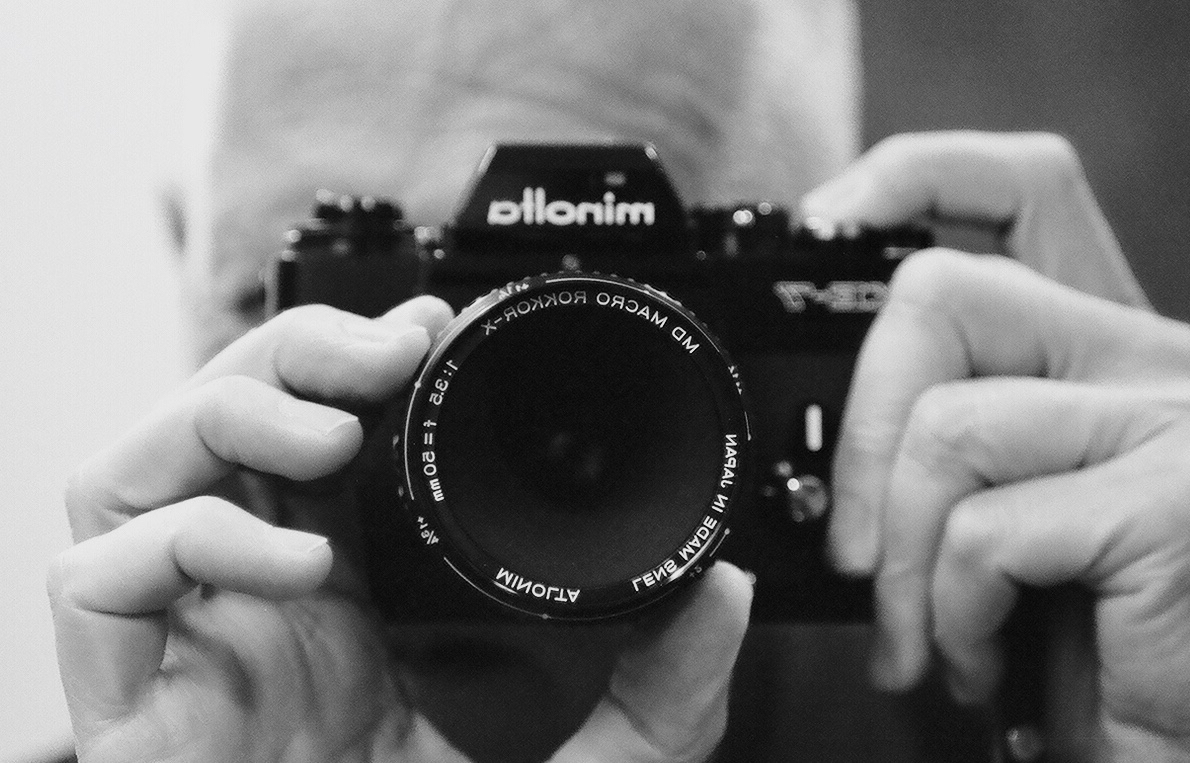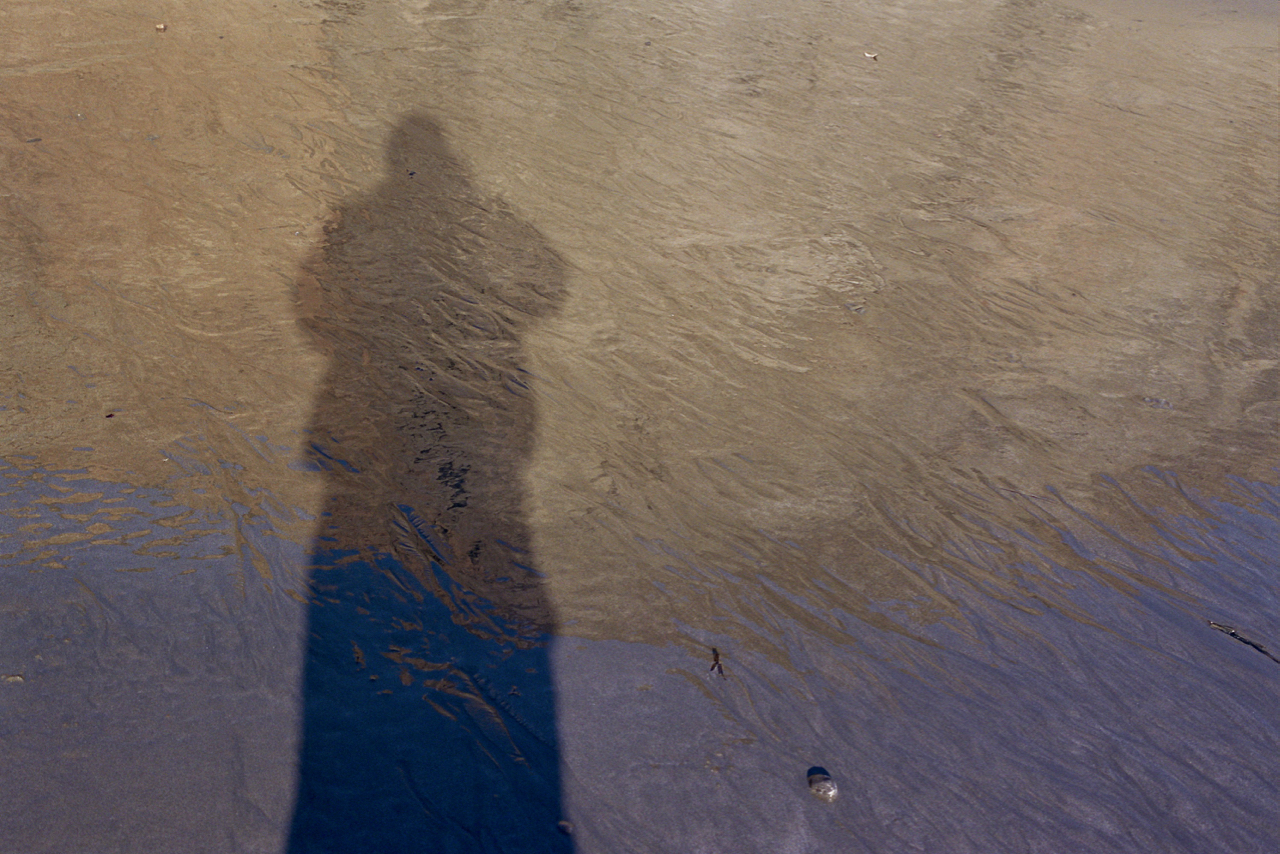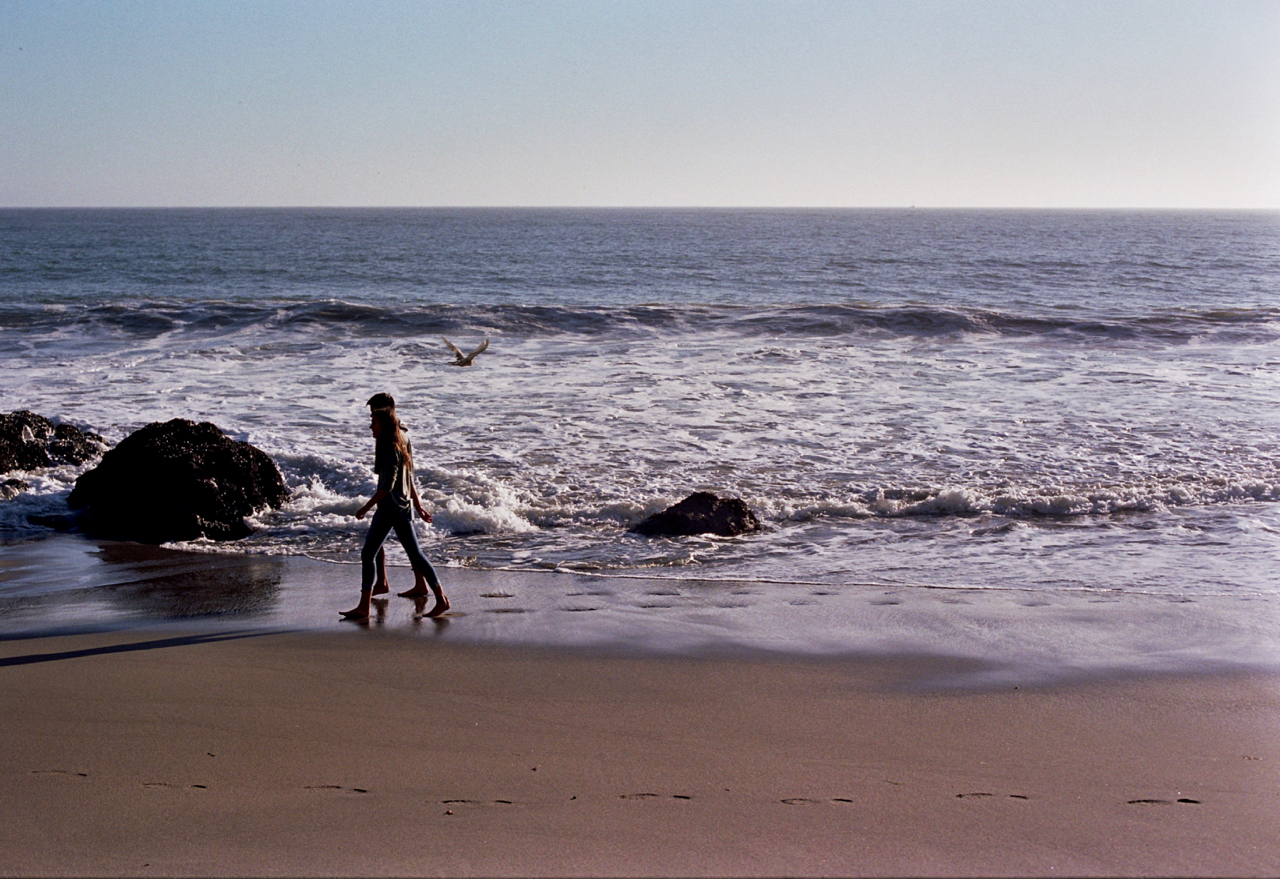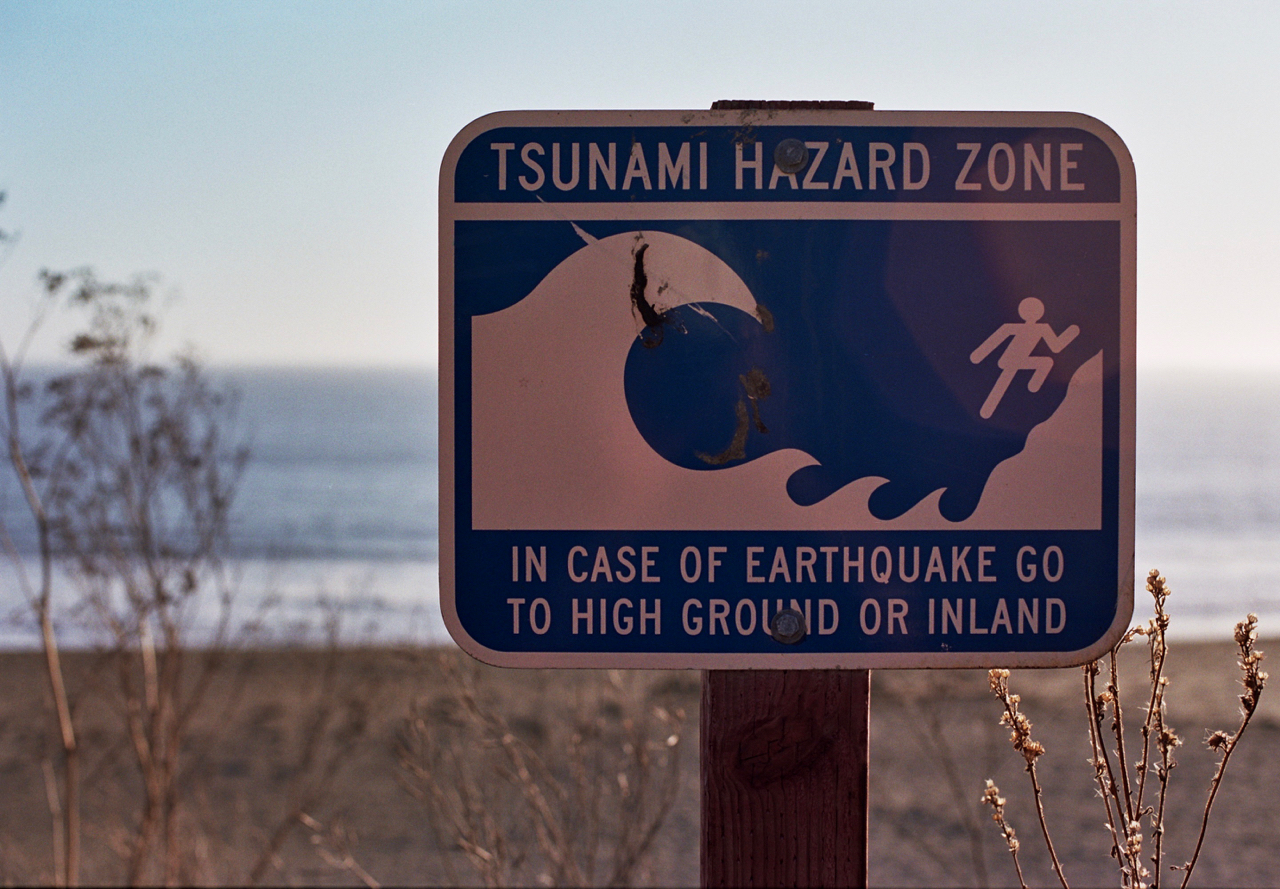I wrote yesterday about my introduction to photography as a teenager in the 1970s. As life would have it, I'd take a break from my hobby for a while. A long while. Nearly 20 years. It would be the early 1990s before the photo bug bit me again. By this time, I was a young father raising a family in the suburbs of Phoenix, Arizona.
I had a decent job and a tiny bit of disposable income, so I started researching 35mm SLRs. I was always a big fan of Nikon, having spent countless teenage hours drooling over the F2 in the pages of Popular and Modern Photography magazine, so I decided that I was finally going to own my first Nikon camera. Online shopping didn't exist at this time, so I did it the old fashioned way -- I went to the camera store!
Lewis Camera Exchange near Arizona State University was a photographic temple in those days. Imagine the coolest hardware store you've ever been to, but instead of nuts and bolts, the shelves were piled high with cameras, lenses, photo accessories and darkroom supplies. Along one wall, behind the counter, huge glass door coolers held bricks and bricks of every kind of film imaginable. And as the store's name suggested, Lewis Camera Exchange had a huge...and I mean huge used gear department full of equipment that had been traded-in (exchanged) for new stuff.
The owners and all of the help at Lewis were working photographers. They knew photography and gear and were always patient and super helpful. Being that the store was only a five minute drive from my office, I took full advantage of their helpfulness. Over the course of several weeks, I pestered the Lewis staff with endless questions about Nikon's latest SLRs; the N50, N70, N90 and N90s. During one of my visits, Vince Ruggiero, the owner of the store, grabbed a camera from the shelf, handed it to me with a sly smile and said "This is the camera you should have!" The camera he handed me was the Nikon F4. It was the most amazing camera I had ever seen!
Introduced in 1988, the F4 was still Nikon's top of the line pro body at the time. The F5 wouldn't be released until 1996. Retailing for what would be just over $5000 in today's dollars, the F4 was light years out of my price range, but as I held this camera in my hands that day I remember strategizing about all of the ways I could possibly finagle a way to buy this camera. Of course, I couldn't afford it. I ended up buying the N90s with 50mm f/1.8 AF-D lens, a kit that still cost me over a grand, but for years my heart still lusted over the F4.
Fast forward another couple of decades and I get an email from one of my Flickr friends who is thinning his herd of cameras and wonders if I am interested in any of his gear. There, on the list of cameras, is a very nice F4 from late in the production run. The camera has the MB-20 and MB-21 grips and comes complete with a 50mm f/1.4 AF-D lens. A few hundred dollars seals the deal and my heart is finally happy. The digital age made the F4 an affordable reality for me!
The Nikon F4 is a historically significant camera. It was the first pro body with autofocus. It was Nikon's first pro body with matrix metering. It was the first Nikon pro body with a built-in motor drive. It looked totally different than any other SLR that came before it and it defined what future cameras would look like. All other Nikon pro bodies before the F4 were evolutionary designs, The F4 was revolutionary. Best of all, today it remains a totally relevant, fun-to-use, powerful and best of all, affordable camera.








